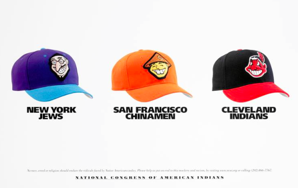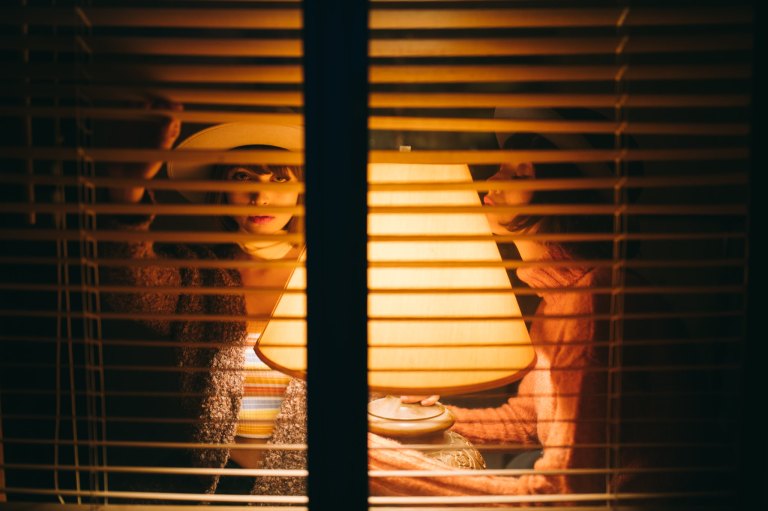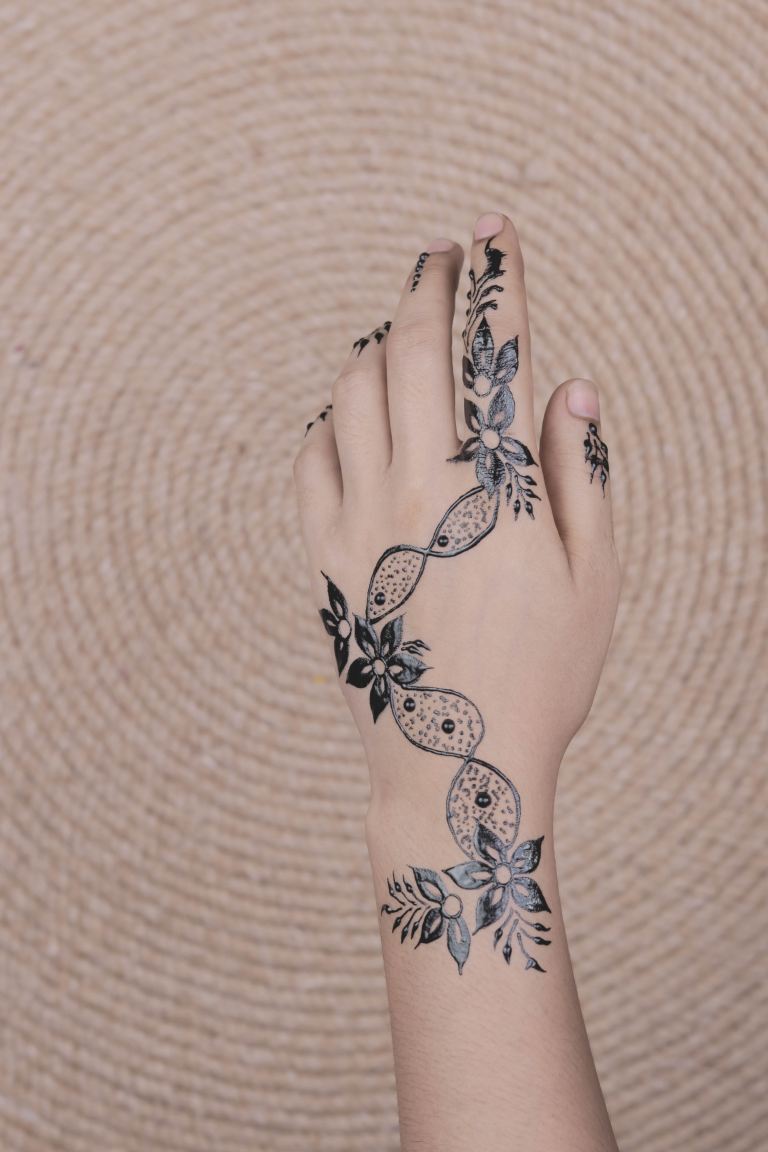
How To Explain The Cleveland Indians Logo To People Who Think It’s Not Racist
Having a Cleveland Indians logo is like having a “New York Jews” or “San Francisco Chinamen,” mascots that would be blatantly offensive. I shudder to think what the equivalencies for gays or black people would be.
By ![]() Nico Lang
Nico Lang
Last year I had to have an awkward discussion with my mother about race. We were discussing a Chinese woman that we both know, the owner of a restaurant in our hometown who has a reputation for being very type-A and having a strong work ethic. It’s what makes her great at her job, but most people call her “The Dragon Lady,” because of the stereotype of Asian women being “strict” and “domineering.”
Instead my mother called her an Oriental, a word I wasn’t expecting to hear come out of her mouth. I just stared at her for a moment, unable to process the word. I didn’t know people still said that word, and it was like hearing someone say “Negro” or call someone a “colored.” After taking a deep breath, I told her that she shouldn’t use that word — because it’s racist and offensive. I explained that it has a long history in Orientalism and Western depictions of the East as this monolithically exotic land. It’s a word that signifies colonialist power.
My mother had no idea what I was talking about, and she made that clear by responding, “But you can call rugs Oriental.” Temporarily flabbergasted, I paused before yelling, “Mom, people aren’t rugs!” She then asked me what she was supposed to call them instead. I told her, “Asian, just Asian. Or take the time to learn where they come from. Then call them that.”
For a long time I’ve struggled with how to meaningfully help people understand these issues when the concept is beyond their cultural or educational reach. My mother isn’t a bad person, but she grew up in a blue-collar neighborhood where she thought more about putting food on the table than the marginalization of minorities. Much of social justice awareness comes from education, having the privilege and the access to resources for knowledge, and who can blame my mother for lacking that?
I’m reminded of this whenever I see someone wearing an Atlanta Braves cap or a Cleveland Indians jersey, the rival team to my hometown Cincinnati Reds, one of my greatest loves and frustrations. When the two teams face off, it’s called the Battle of Ohio, the first of which was in 1997. I remember seeing Indians fans at the game cheering a hit or a great play with what resembled tribal rituals, the glorification of Redface. This is the way they had been taught to celebrate — with little connection to the lives or histories of Native American peoples.
Most people who live for their local sports teams would think little about the cultural implications of their favorite logos, and social justice advocates have long battled teams like the Washington Redskins to change their logos — out of respect to the plight of Native peoples. Native Americans aren’t your mascot. The problem is that their marginalization is so invisible that many have a hard time grasping it, and advocates for the logos actually argue that it pays respect to Native tribes, as if redface and racism were a form of homage.
There’s nothing wrong with loving your hometown team, but putting that iconography into context is important when you’re remembering what it means to celebrate. A recent poster from the National Congress of Indians (via the Good Men Project) sheds greater light on this issue. Simply put, they argue that having a Cleveland Indians logo is like having a “New York Jews” or “San Francisco Chinamen,” mascots that would be blatantly offensive. I shudder to think what the equivalencies for gays or black people would be.
You can take a look at the image below for yourself, a stark reminder that racism is alive and well. We often say that it lives in the cracks, but sometimes it’s right in front of our face, the racism we accept every day.











